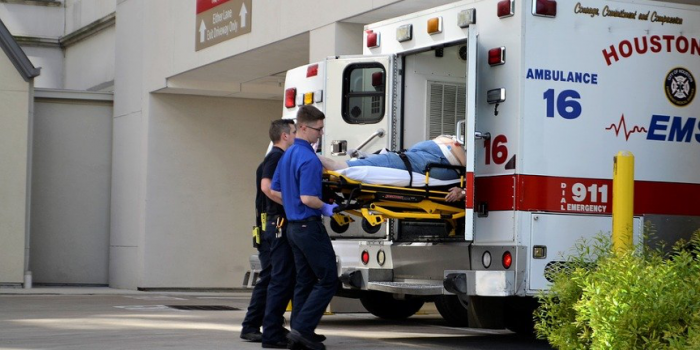While most nursing homes are regarded as safe, at least 50% of all nursing home residents fall each year, and about 1,800 elderly people die from yearly slip and fall accidents. This article is not meant to frighten or to seed mistrust in the nursing home industry, but rather, it is meant to establish the fact that nursing home accidents are a real and prevalent problem.
Much like any problem, the rate of nursing home accidents can also be solved through technology. Whether it’s in robots that care for elderly patients or the plethora or sensors arrays and monitoring equipment, these are the pieces of technology that help make nursing homes safer for our elderly.
Wearables
The first step to ensure that our elderly are safe is to determine where exactly they are and what their current condition is. Wearables have grown much more popular these days compared to when they were first introduced to the consumer market. Smartwatches are particularly popular and they are widely available.
Most smartwatches come with built-in GPS and modern high-end models such as the new Galaxy Watch 3 and the Apple Watch 6 have fall detection capabilities which also allow the wearer to call an emergency number should they need help.
Indoor Proximity Sensors
GPS is ideal for tracking people outdoors, but indoor use requires more precise technology. Indoor proximity sensors are inherently accurate and precise, which makes them ideal for nursing homes. This helps nursing home staff monitor their patients at all times, which helps contribute to a more rapid response time should a patient need help.
LiDAR Scanners
CCTV cameras are effective for the most part, but they are also limited by their very advantage in that there are areas where it’s illegal to install a CCTV camera. Bathrooms are prime examples of this, which is why they are particularly dangerous. In fact, there are many incidents of people walking to restaurant bathrooms calmly, only to be found dead later because they choked on their food and didn’t want to make a scene.
Light Detection and Ranging (LiDAR) scanners are perfect for areas such as this as they do not create a full image, but rather, they detect the outlines of objects they find. This allows nursing homes to monitor private areas such as bathrooms without intruding on anyone’s privacy.
These scanners are also particularly useful during a personal injury case. However, 3D imaging cannot be used as evidence, but they can be used as demonstrative evidence. It’s best to consult personal injury lawyers like the ones at Salvi, Schostok & Pritchard P.C. first.
While most nursing homes are safe, the numbers don’t lie either. Nobody wants any harm to come to the elderly in a nursing home, but we shouldn’t dismiss the possibility. If there’s one defining characteristic that we all share, it’s that we all use technology to improve our quality of life. This nursing home industry is but another industry that can greatly benefit from the effective use of these pieces of tech.


